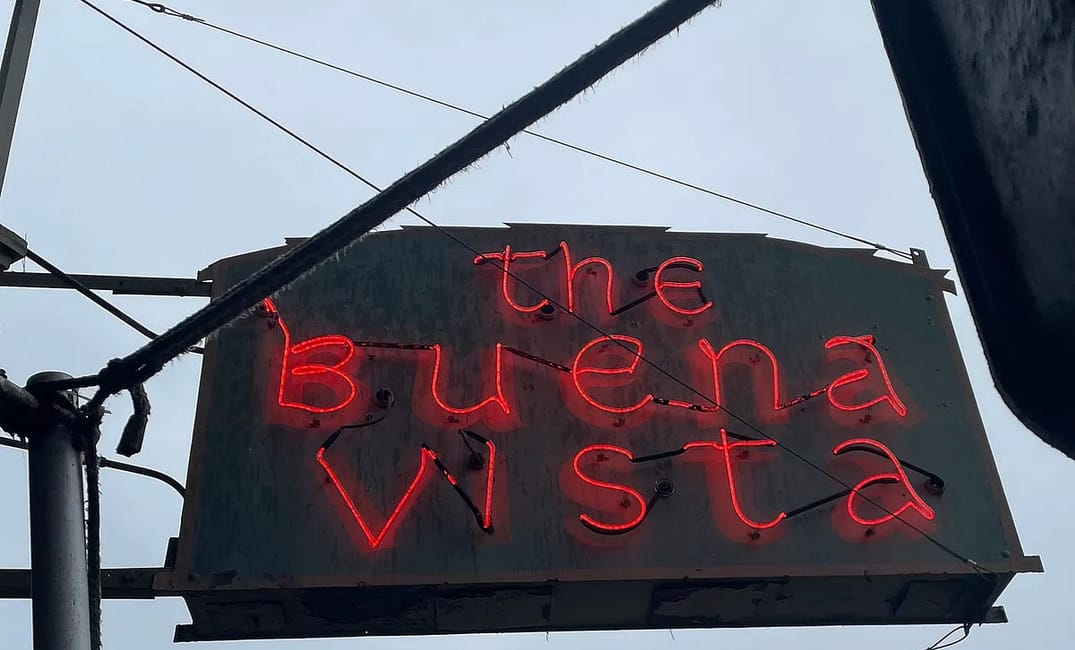Succulent sips
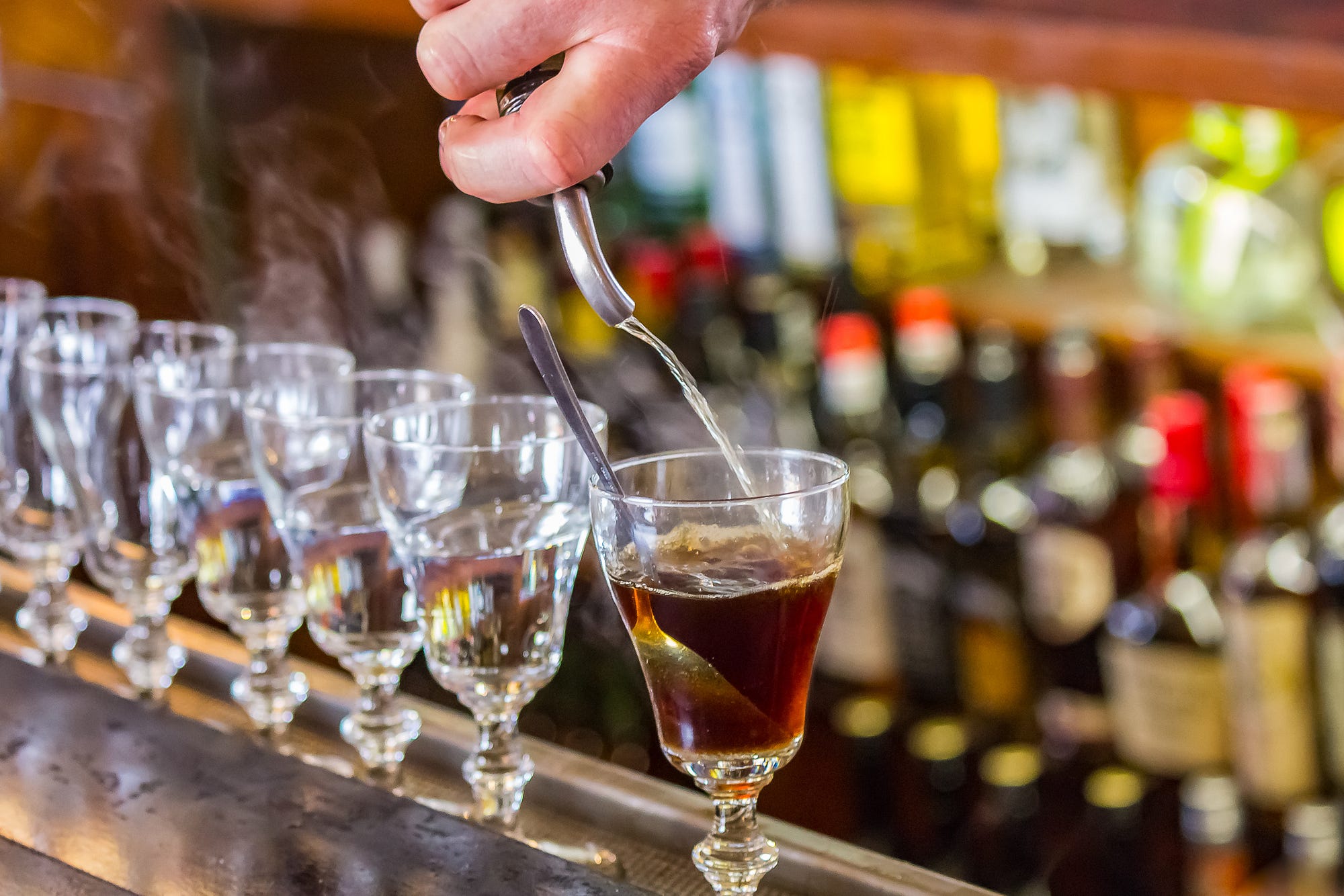
By Davy Carren
It is raining. I’m squinting through the downpour at the hostess in front of The Buena Vista like some down-and-out gumshoe with a broken umbrella and wet socks, trying to find my bearings in a valiant attempt to secure a seat at the bar of this famous watering hole that’s been serving up the “original” Irish coffee since 1952.
What they mean by “original” is open to interpretation, but for our purposes I’ll simply say it’s the “American version” that originated here and then blossomed to fame around the country. Some history:
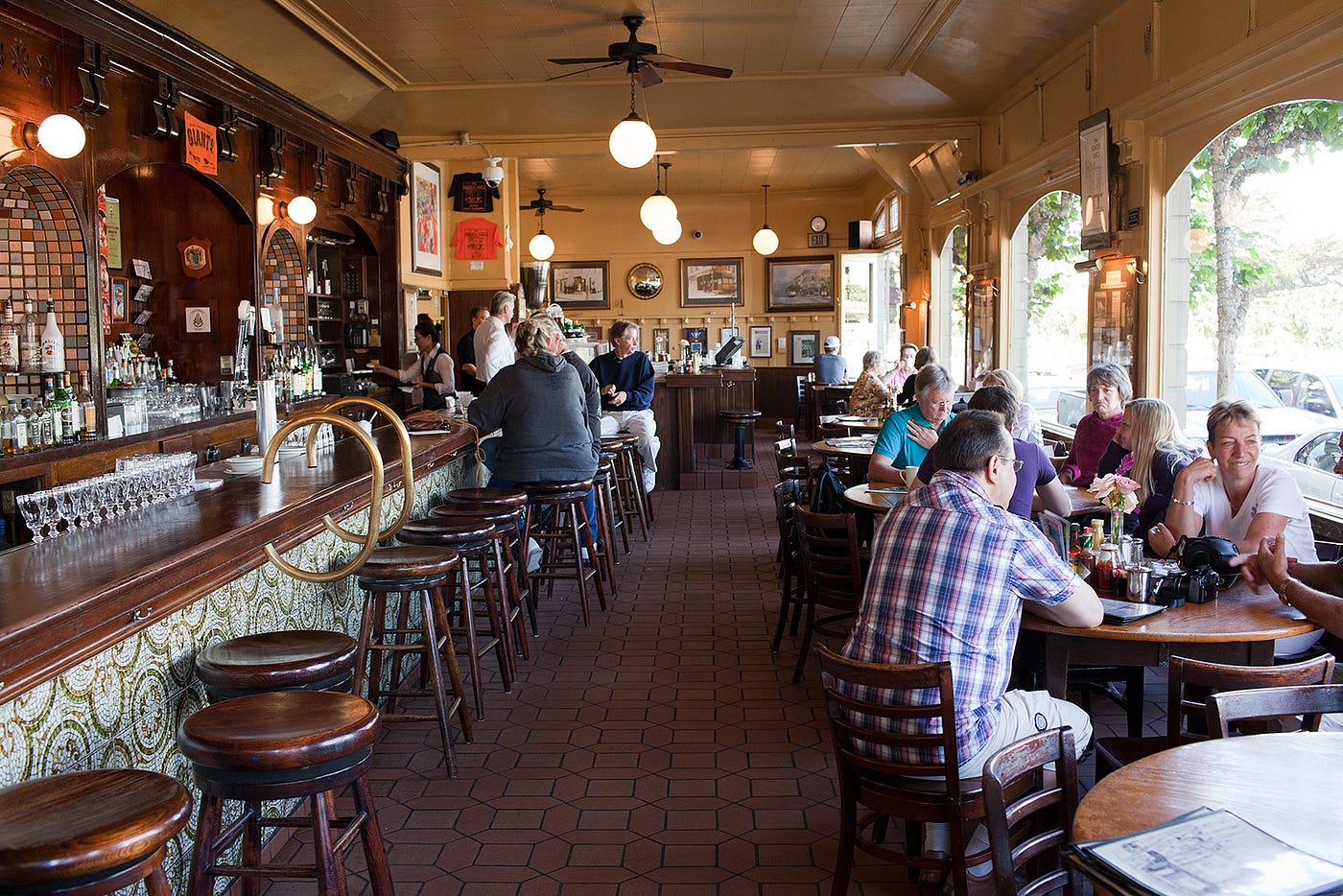
People of Irish descent made up about a third of San Francisco’s total population in 1880 for some good reasons: You’ve got the hundreds of thousands of Irish refugees taken in by the U.S. during An Gorta Mor (The Potato Famine of the 1840s and ‘50s), the California Gold Rush of roughly the same era, and the fact that life in San Francisco in those days was freer of anti-Catholic sentiment than in most of the East Coast cities.
The City still clings to its Irish traditions because the civil and human rights communities of San Francisco and Northern Ireland maintain their historic connections (not to mention the scores of Irish pubs still scattered throughout The City), but mostly just on Lá Fhéile Pádraig — aka, St. Patrick’s Day.


San Francisco’s first St. Patrick’s Day celebration took place in 1851, when there was a party at Hayes Valley Park followed by a Shamrock Ball at a nearby bar. Now the parade takes place on the Saturday before St. Patrick’s Day and weaves through the common downtown parade route.
And I — in my perpetual search for the perfect Irish coffee and unaware of this fact — got caught smack dab in the middle of it. John Foley’s was out of standing room, The Chieftain was mobbed, and even the outdoor seating was all spoken for at The Irish Bank.
I decided to find my way down to bars that were less crammed with drunk-in-the-afternoon green-clad folks sporting green beads and green-rimmed sunglasses. I legged it up over a few decent-sized hills and landed down by Aquatic Park where this old corner saloon called The Buena Vista has been filling the bottom floor of a stately Queen Anne-style building at the end of Hyde street since long before anyone still around can remember.
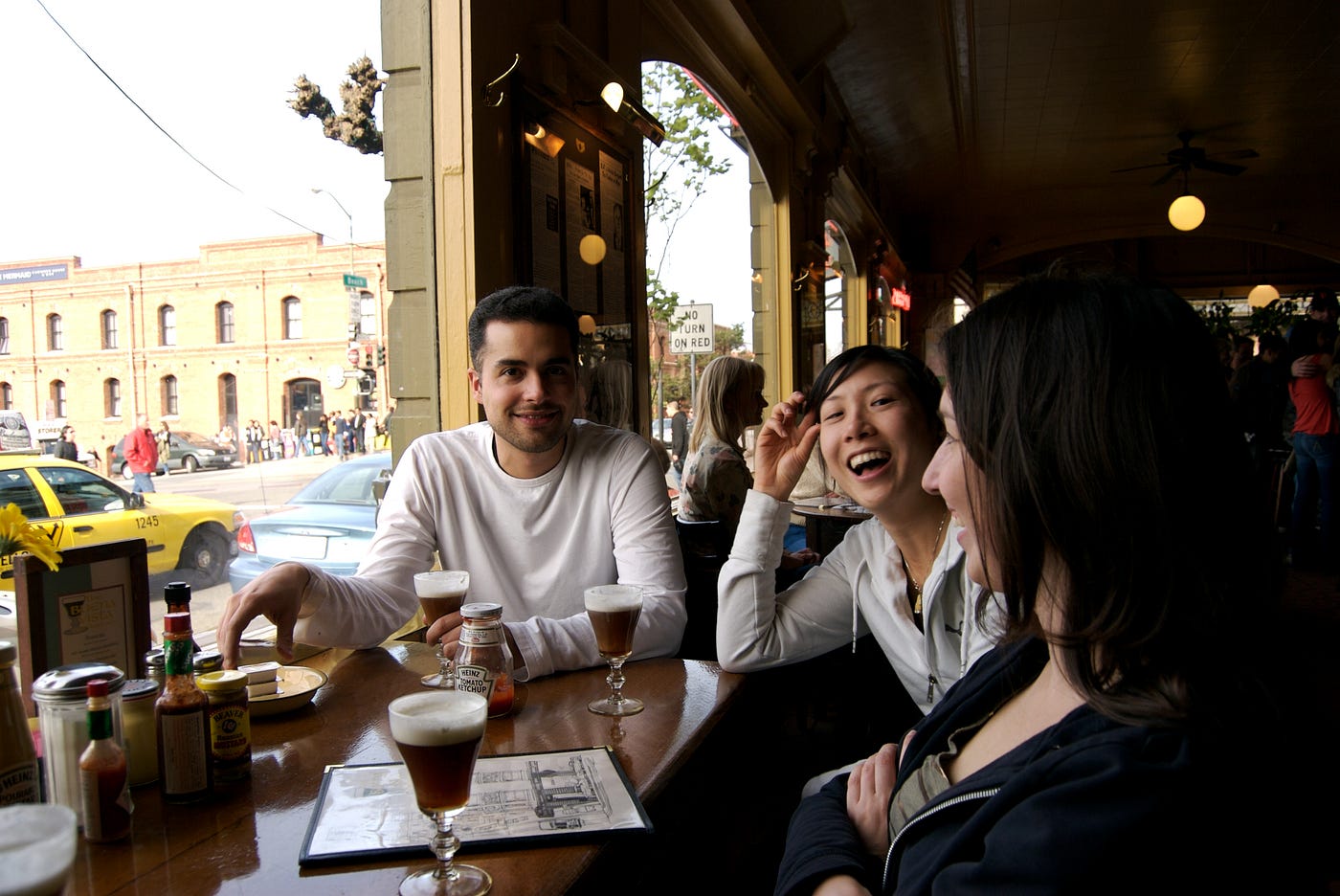
The bartenders imbue the Buena Vista with a classic mystique and old timey charm, all wearing the same white suit jackets, black ties and pressed black pants since time immemorial. I asked bartender John Jeide what makes their Irish coffee so special — aside from it being “the one that started it all” back in 1952.
Jeide — a genial fellow with a white goatee who’s been pouring Irish coffees for 15 years — told me that they always use fresh cream “made right in a blender under the bar. You can even hear it whirring down here when it quiets down.” And the coffee’s always fresh, he added. “We’ve always got a new pot brewing.”
And that’s a lot of coffee. They’ve been serving 1,500–2,000 of their famous drinks daily here for well over 30 years. They open at 10 a.m., and even on weekdays the place fills up quick: a crowd of tourists and locals alike.
The pandemic slowed Buena Vista down mightily, but they’ve roared back to full throttle now, the bartenders making a dozen Irish coffees at a time, the steaming bell-shaped glasses all lined up on the bar for awaiting imbibers.
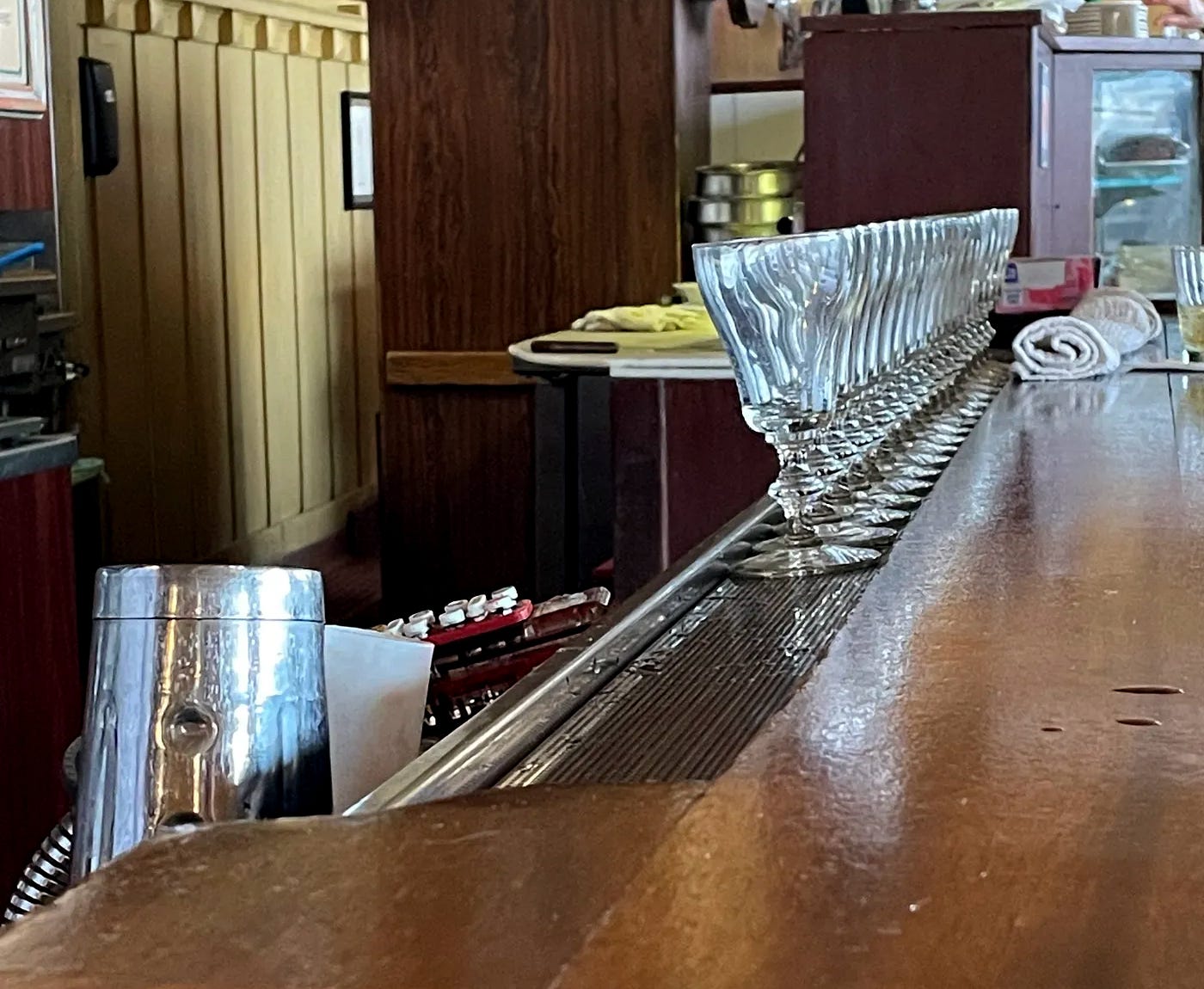
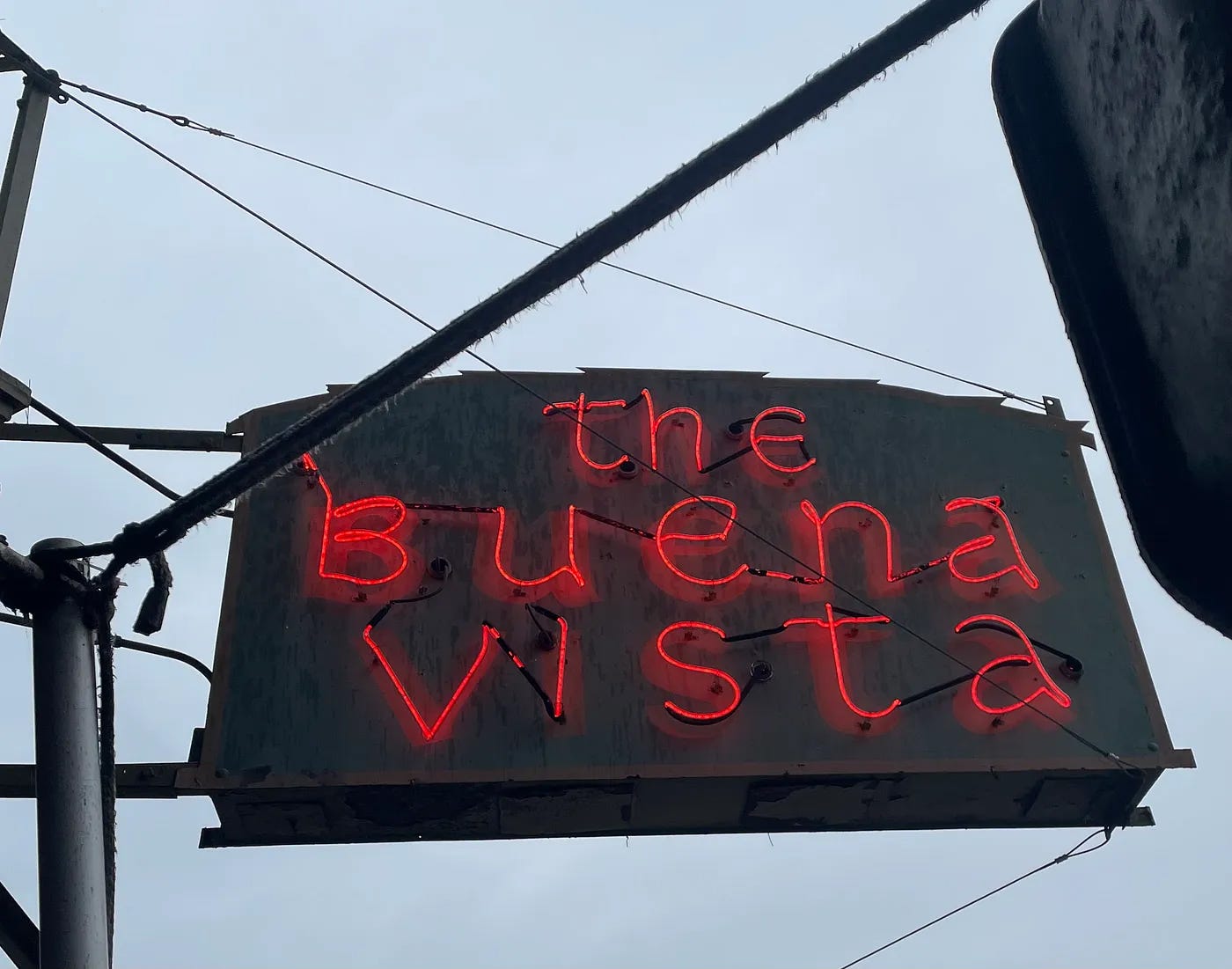
The Buena Vista’s glasses come out clean and hot (which is the only way to get the sugar cube to completely dissolve), sans handles, no bells and whistles — just a nice, small goblet filled with a cigar-brown liquid and a finger of bubbly pure-white foam floating on top. At first it’s cold on the lips from the layer of cream, and sweet, with just a tad of warmer liquid making its way in on that initial sip. It’s a pleasant mixture: not too sweet, not too bitter, not too booze forward. That is, until you get past the foam and start to get that nice burn from the heavy pour of Tullamore Dew.
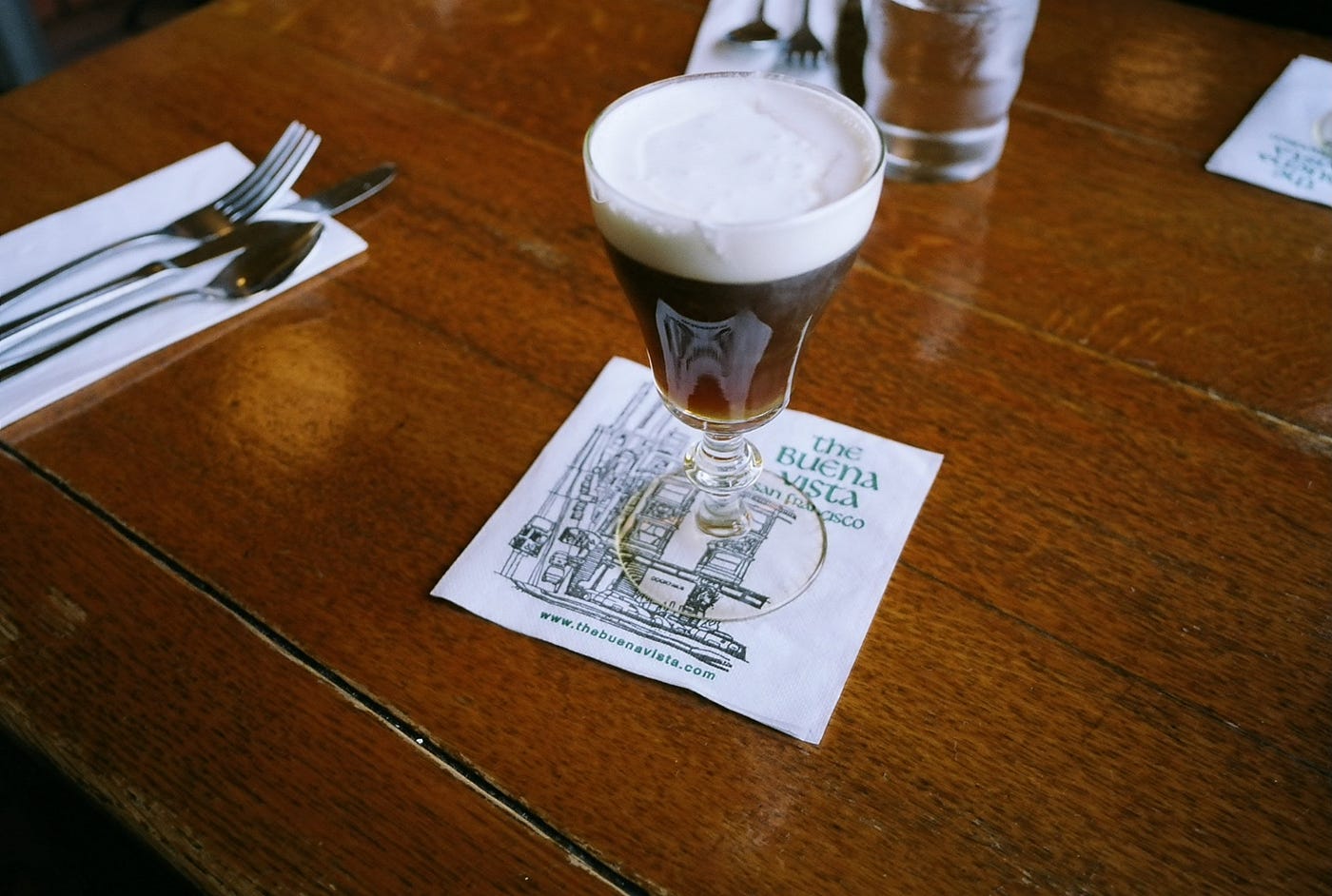
Darcy, who’s been tending bar at Buena Vista for the last 5 years, told me that the first ever order of Tullamore Dew in the Untied States was “delivered at the door, right here, in 1952.”
It’s been their go-to whiskey for Irish coffees ever since — something about the grain content in the blend kind of binds all the ingredients together with slightly sweeter notes than other brands. He said the same family has owned the bar going back over a century, and there is a stipulation in the lease agreement that the bottom story of this Queen Anne-style building can only be rented out as a saloon.
The origin story Buena Vista’s Irish coffee is so well known that it’s basically the stuff of legend. It involves the bar owner and a travel writer challenging each other to recreate a drink they’d had at an Irish airport, and the mayor of San Francisco got involved in making the cream at his dairy farm, and with some trial and error getting the cream to float, voilà, they had success.
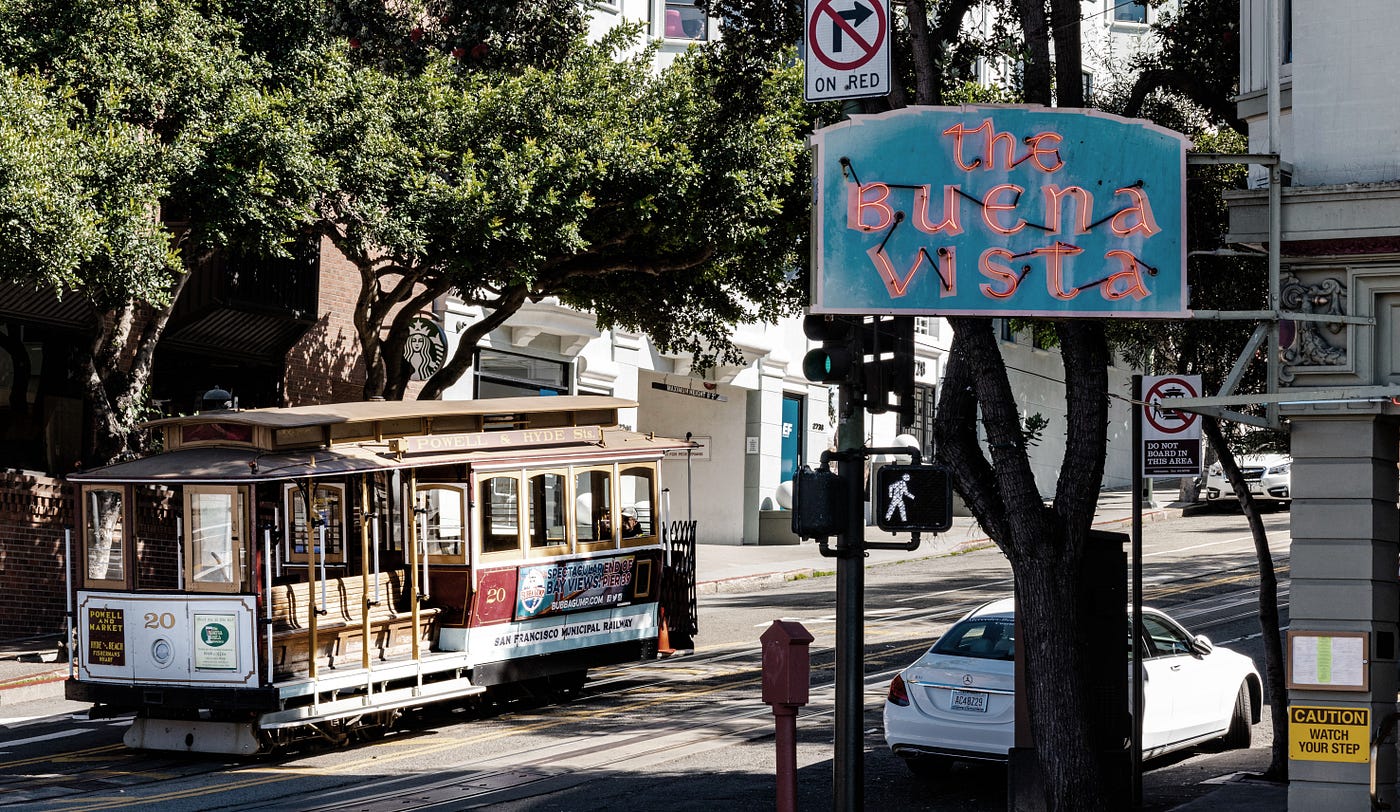
The view at the Buena Vista is no longer as “buena” as it used to be: they’ve installed outdoor seating that’s fenced in by white sheets over chainlink that blocks the view of the Golden Gate. Even on this pluvial day, people were sitting out there under that white tarp hung with coiled heat lamps; weather does not detour a true plein-air gourmand.
Folks have been coming in here for generations. People bring their kids and grandkids here. There’s a sense of community, of things that last and endure, through two world wars, and even through a pandemic. Apparently Hunter S. Thompson donated his shirt, which is displayed behind the bar encased in glass among other relics of famous past customers.
They’ll even give you a drink to-go if you ask. There are airplane bottles of Baileys and Tullamore Dew that you can buy to add to your cup somewhere “off the premises.” There’s been a sign over the bar reading “Irish coffee and Baileys available to go” for as long as either of the bartenders can remember — way before the pandemic struck and left most bars pivoting to take-away business.
“We’re kind of like a full-service liquor store,” Jeide says, winking at me with a conspiratorial gleam.

If there’s one thing I can say for the Buena Vista, it’s that it has survived a lot and remains pretty much the way it’s always been: charming, nostalgic, and a bit gritty, too.
You still can’t eat at the bar, and the Irish coffee might not be the best you’ve ever tasted. But drinking it from the bar, with your jacket hung from the little hook beneath the bar’s ledge, shoes kicking softly at those gorgeously variegated algae-green, white, and copper tiles as you rest comfortably on a stool, staring at the many decades of paraphernalia on the walls and all that old polished oak; the cable car rattles by, barreling up Hyde’s steep slope, bell ringing, a gaggle of tourists oohing and aahing, that steel screech and lovely whine that evoke the inimitable magic that used to make this city really trundle and whip with pizzazz; and you think to yourself, “Maybe there really is no better Irish coffee than this.”
Surely there is no better place to bend one’s elbow with one.



